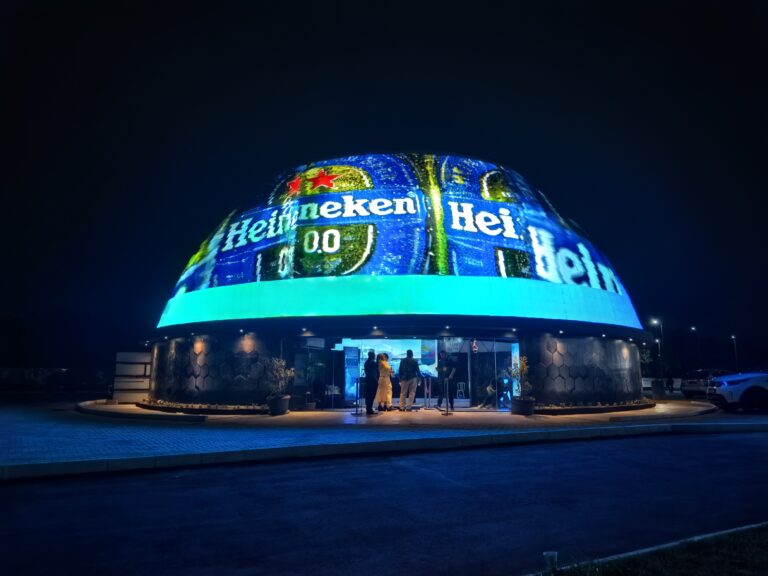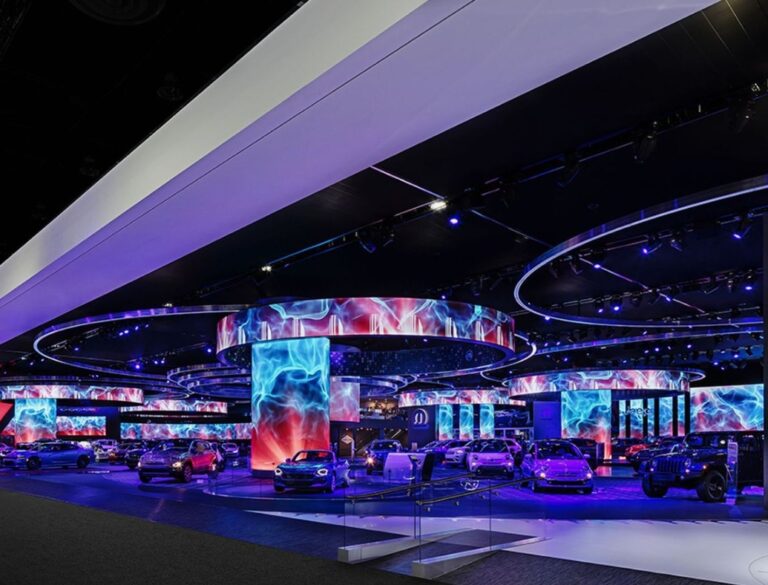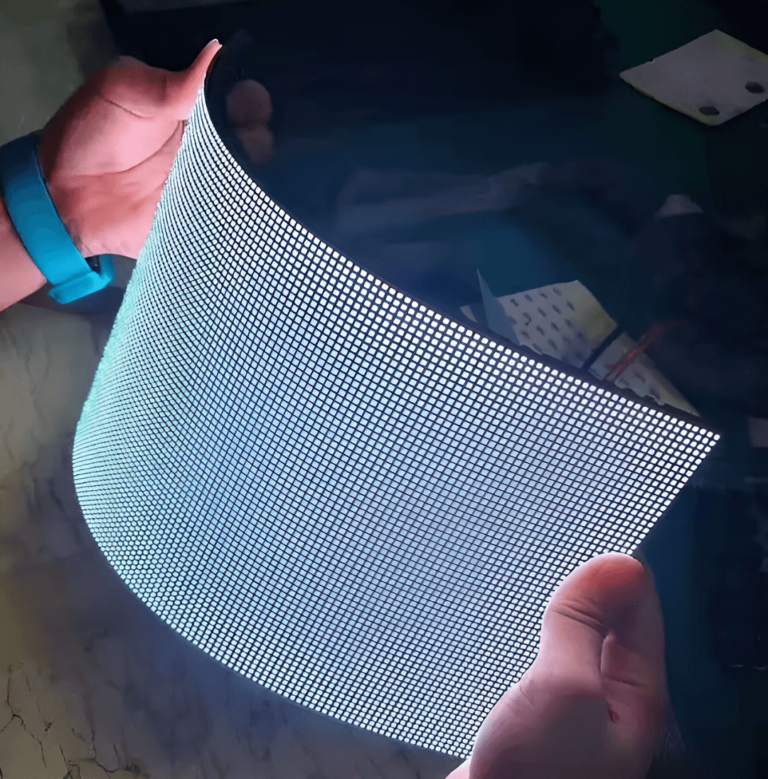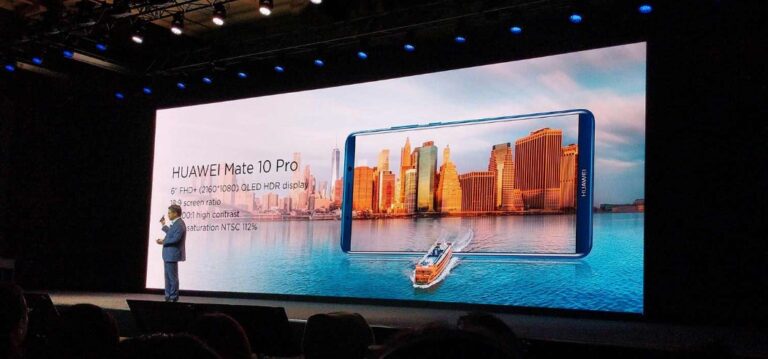Table of Contents
- Display Technology Principles
- Color and Contrast
- Viewing Angle
- Response Time
- Durability and Lifespan
- Brightness and Energy Efficiency
- Manufacturing Costs
- Application Scenarios
- Conclusion
In the current display technology market, OLED (Organic Light-Emitting Diode) and LCD (Liquid Crystal Display) are the two main technologies. To help customers understand the strengths and weaknesses of OLED and LCD, here is a comparison from several perspectives:
1. Display Technology Principles:
- OLED: OLED screens have self-emissive pixels, allowing for pure blacks and infinite contrast. Since they don’t require a backlight, OLED screens can deliver more accurate colors and a wider color gamut, especially excelling in displaying dark and high-contrast images.
- LCD: LCD screens rely on a backlight, which cannot be turned off for individual pixels, leading to some light leakage when displaying black, resulting in relatively lower contrast. Although modern LCD technology has improved contrast through techniques like full-array local dimming, it still lags behind OLED. Here is a comparison of LCD, LED and OLED displays.
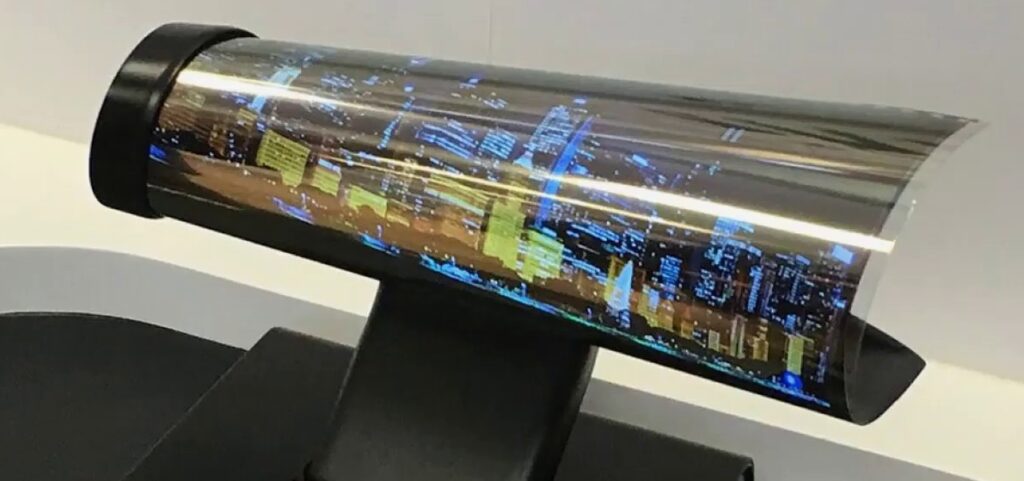
2. Color and Contrast:
- OLED: Each pixel in an OLED screen emits its own light, offering extremely high contrast and vivid colors. When displaying black, the pixels can completely turn off, achieving true black.
- LCD: LCD screens typically have lower contrast because the backlight is always on, leading to slight light leakage even when displaying black.
3. Viewing Angle:
- OLED: OLED screens offer extremely wide viewing angles, with minimal color and brightness shifts even when viewed from the side, making them ideal for multi-angle viewing scenarios.
- LCD: LCD screens generally have narrower viewing angles, especially TN (Twisted Nematic) type LCDs, which can exhibit color distortion and reduced brightness when viewed from the side. However, IPS (In-Plane Switching) technology in LCD screens has improved in this area, though it still doesn’t match OLED.
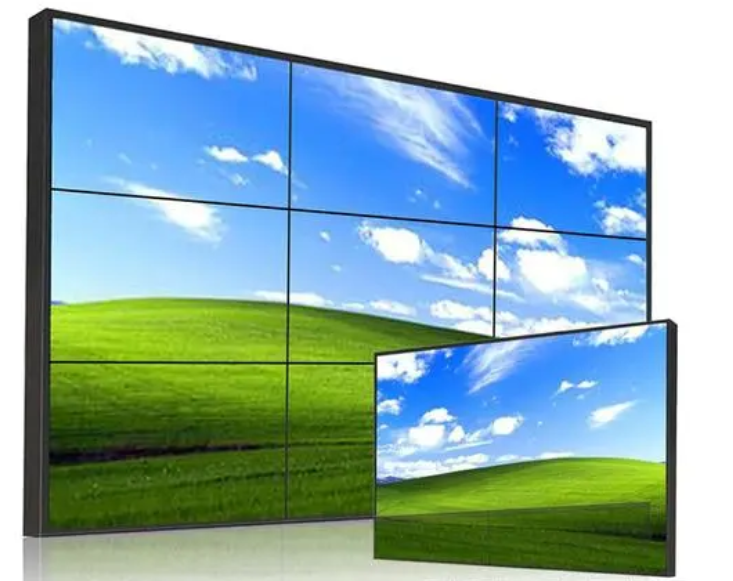
4. Response Time:
- OLED: OLED screens have a very fast response time, with almost no motion blur, making them suitable for fast-moving content such as gaming and sports events.
- LCD: LCD screens have slower response times and may exhibit motion blur, particularly when displaying fast-moving objects.
5. Durability and Lifespan:
- OLED: The organic materials in OLED screens may degrade over time, leading to color distortion and burn-in issues.
- LCD: LCD screens are generally more durable, with no burn-in issues, and have a longer lifespan.
6. Brightness and Energy Efficiency:
- OLED: OLED screens typically have moderate brightness. The organic materials can degrade faster at high brightness, potentially impacting longevity. OLED is more energy-efficient when displaying dark or black content, but it consumes more power when displaying bright content.
- LCD: LCD screens generally offer higher brightness, performing better in direct sunlight or outdoor use. Additionally, due to the presence of a backlight, LCD screens are more energy-efficient when displaying bright content. Here is some knowledge about nit brightness.
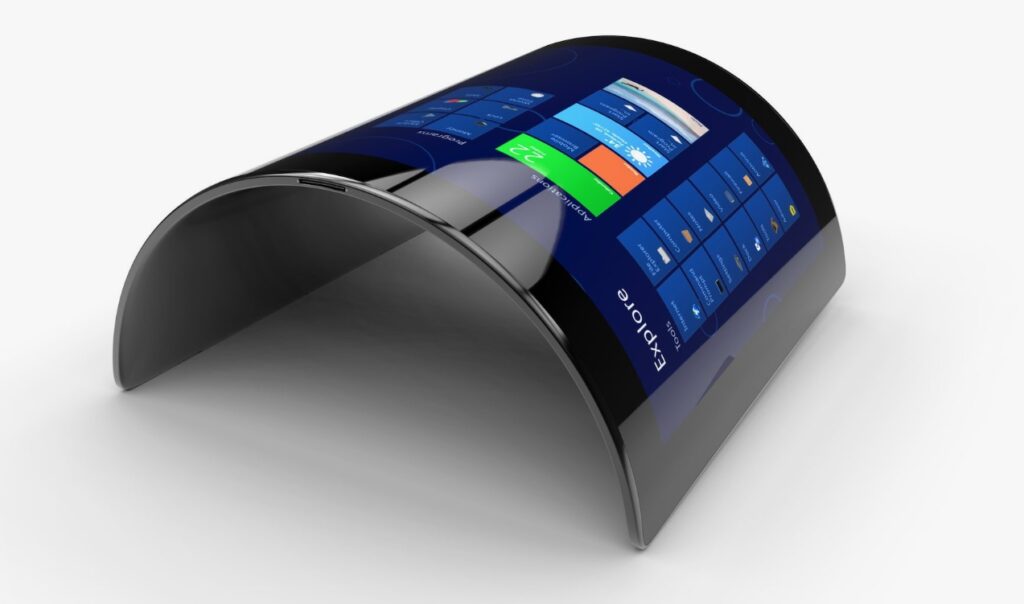
7. Manufacturing Costs:
- OLED: OLED technology has higher manufacturing costs, especially for large displays, due to the complexity and difficulty of production. However, with technological advancements and scale production, the cost of OLED is gradually decreasing.
- LCD: LCD technology is more mature, with lower production costs, making it suitable for mass production and application. Therefore, LCD screens are more competitively priced in the market, especially for large and high-resolution displays.
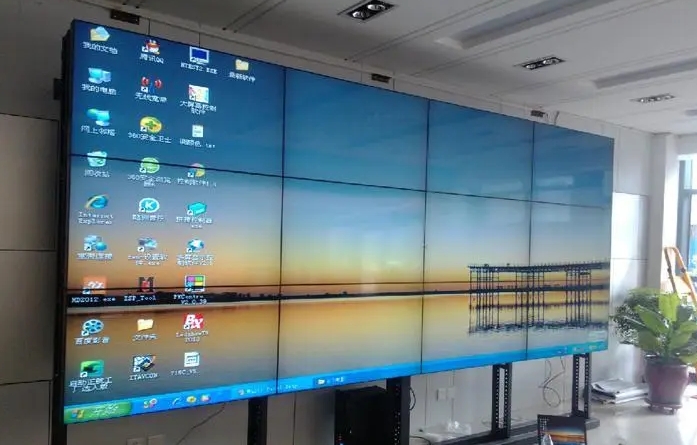
8. Application Scenarios:
- OLED: Due to its superior color performance and ultra-thin design, OLED is widely used in TVs, smartphones, wearable devices, and high-end monitors, where high image quality and slim design are required.
- LCD: LCD screens, with their high brightness, long lifespan, and low cost, are widely used in computer monitors, laptops, tablets, automotive displays, and outdoor displays, where high brightness and durability are essential.
9. Conclusion
OLED and LCD each have their own advantages and suitable scenarios. In terms of display quality, viewing angles, and design flexibility, OLED technology clearly outperforms LCD. However, in brightness, lifespan, reliability, and manufacturing costs, LCD screens hold the edge. If customers are seeking superior image quality and aesthetic design, OLED is the better choice; if high brightness, durability, and cost-effectiveness are priorities, LCD screens remain an excellent option.

